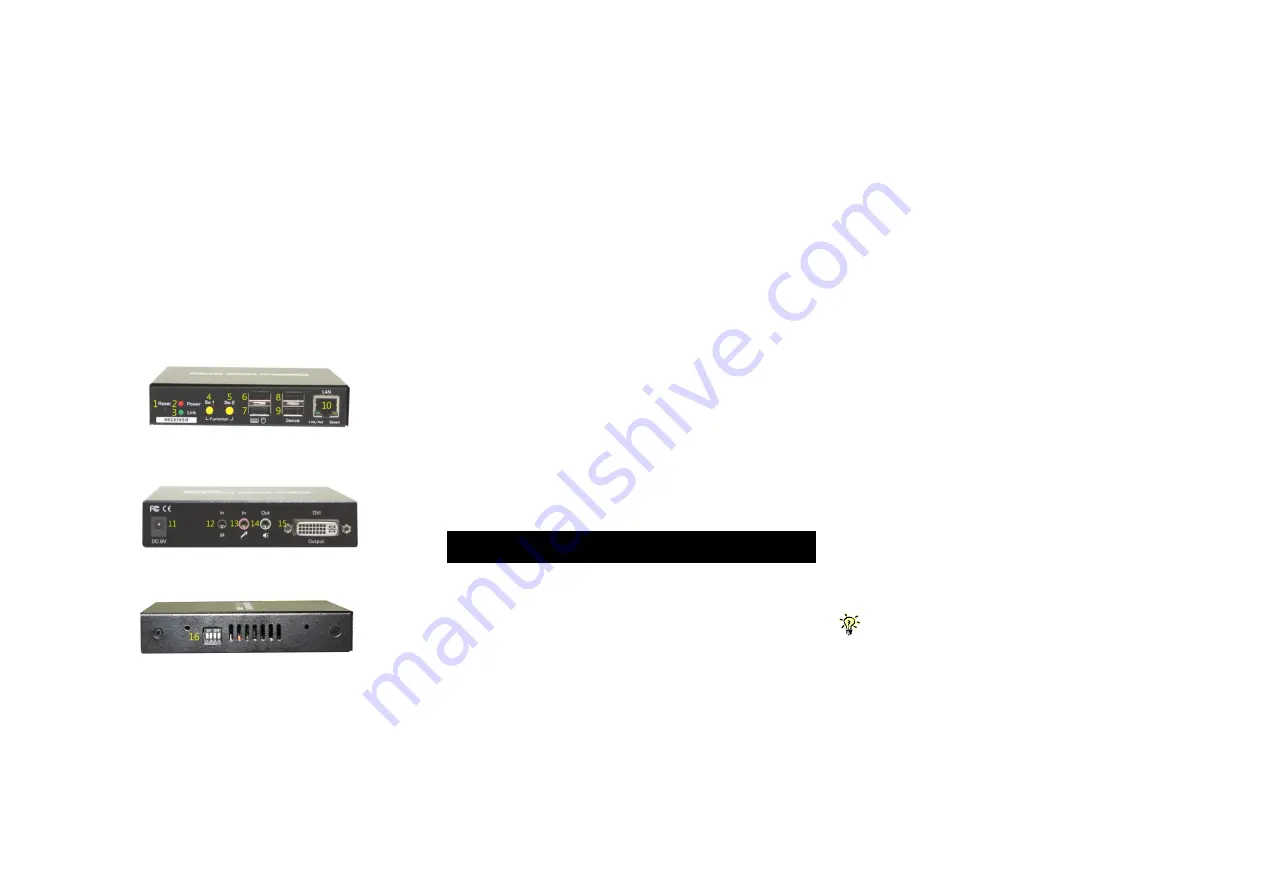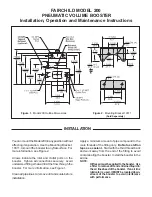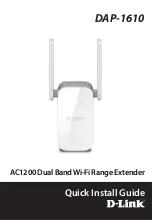
Quick
Installation
Guide
SL
‐
DKAU
‐
100
DVI
KVM
Extender
over
IP
or
CAT
5
up
to
100m
2
Rev.
1.1
Copyright
@
All
Rights
Reserved
[TX Back Panel]
g. Power
Jack
h.
USB Port (Type B)
i.
IR Remote Output (Optional)
j. Microphone
Connector
k. 3.5mm
Audio
Connector
l.
DVI-D Input Port
m.
4 Position Dip Switch
n.
Receiver (RX) Unit
Receiver (RX) Unit Front View
Receiver (RX) Unit Back View
Receiver (RX) Unit Right Side View
1. Reset
Button
2.
Power LED (Lit when power is on)
3.
Link LED (Lit when link is active)
4.
Switch Button (Yellow Sw1)
Short press to switch Remote Console ON/OFF
5.
Switch Button (Yellow Sw2)
Short press to select Graphic Mode/Video Mode
Long press to select Anti-Dither 1/2/OFF
6.
USB 2.0 Port (Type A) for keyboard or mouse
7.
USB 2.0 Port (Type A) for keyboard or mouse
8.
USB 2.0 Device Port (Type A)
9.
USB 2.0 Device Port (Type A)
10.
RJ45 Port to connect to Receiver Unit
11. Power
Jack
12.
IR Remote Input (Optional)
13. Microphone
Input
14. Audio
Output
15. DVI-D
Output
16.
4 Position Dip Switch
Pre-Installation
Before you install CAT5 DVI KVM Extender, you should
have these items on the checklist ready:
1. Prepare 1 set of keyboard, mouse & DVI monitor for
remote console (on RX).
2. You should use standard keyboards and mice, since
the CAT5 KVM extender supports only standard 5
button mice and keyboards. Any more advanced
mouse/keyboard function may or may not be
supported by this CAT5 DVI KVM extender.
3. Use good quality CATx UTP cable (max 100m).
Please Note: Good quality cable will give better video
outcome over a longer distance.
4. The choice of path of the CATx UTP cable should not
only take into account the shortest possible path, but
also one that is relatively far away from any significant
electromagnetic interference source.
5. If you need to extend the distance more than 100m,
you can use a Gigabit Ethernet Switch to serve as a
bridge and extend the distance an additional 100m.
6. There should be power outlets near where you locate
the extenders.
7. Plan the path through which the CATx UTP cable will
be deployed across the distance between the
Transmitter and the Receiver. You should choose the
layout path based on the shortest length and with the
least electromagnetic interference
If you already have a Gigabit Ethernet Network
installed, you can connect the Transmitter and
Receiver via your Gigabit Switch to utilize your existing
infrastructure. A 10/100Mbps network switch will suffer
undue latency and is therefore not recommended for
use.





















